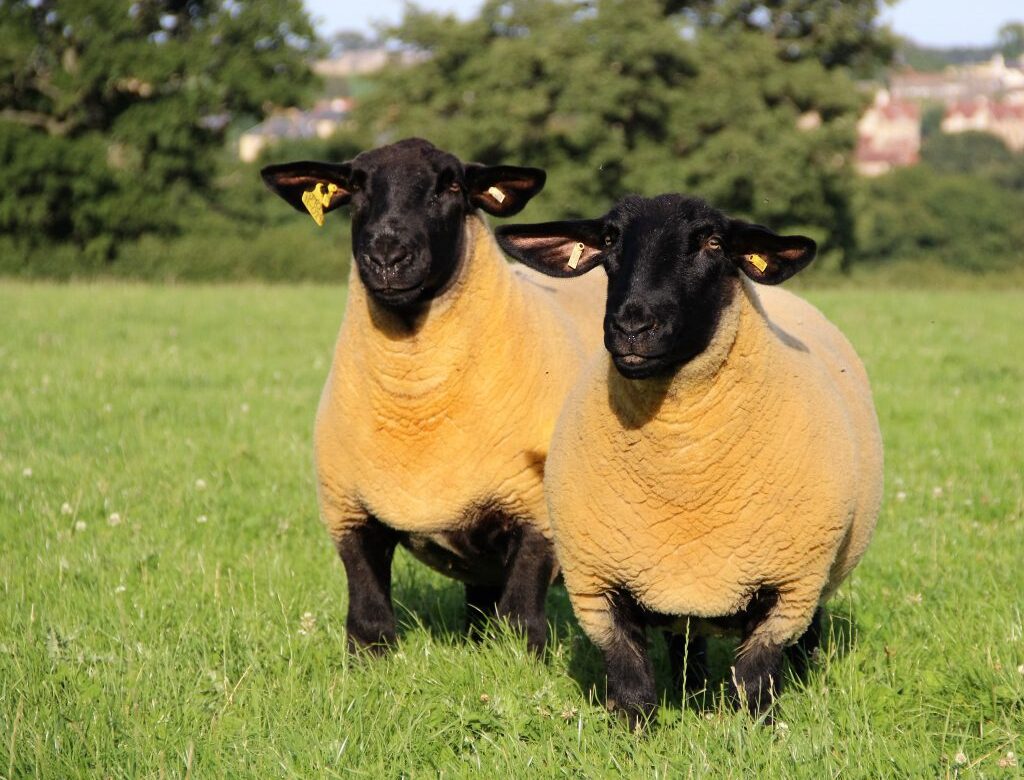The final six-to-eight weeks before lambing is an important time during late-pregnancy in ewes.
The growth of the foetus during this period is 75-80%. Research has indicated that ewes have to be fed adequately and correctly during this period and that the right nutrition of the ewes is fundamental. It’s understood that daily requirements cannot be met with forage-based diets alone.
According to advice from Teagasc the following will have to be taken into consideration when feeding ewes in late-pregnancy:
- Watch ingredient specifications closely
- Ideally, feed 17-20% crude protein
- Use high-quality protein sources to enhance milk output on both grass and preserved forages
- Feed a ewe nut with optimum levels of cereals (barley, wheat, maize) in order to maximise energy intakes
- Ensure that the vitamin and mineral mix is suitable, e.g. calcium and magnesium (Cal-Mag) are included in order to reduce the risk of milk fever and grass tetany post-lambing
- Introduce concentrates at a low level and build up slowly
Also take these factors into account:
- The number of lambs being carried by the ewe
- The stage of pregnancy or number of weeks before lambing
- The body condition score of the ewe
- And lastly, the quality of the hay, silage or other forages being fed
Management decisions regarding the level of meals fed to ewes will additionally have to be monitored during this period.
LSL News.
Advertisement

